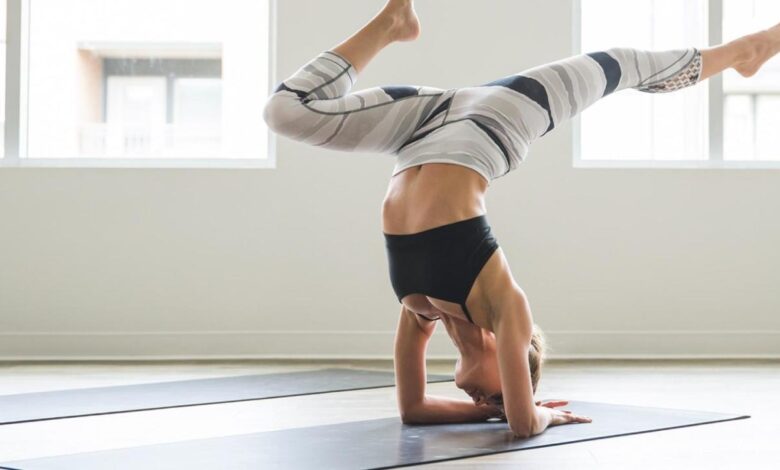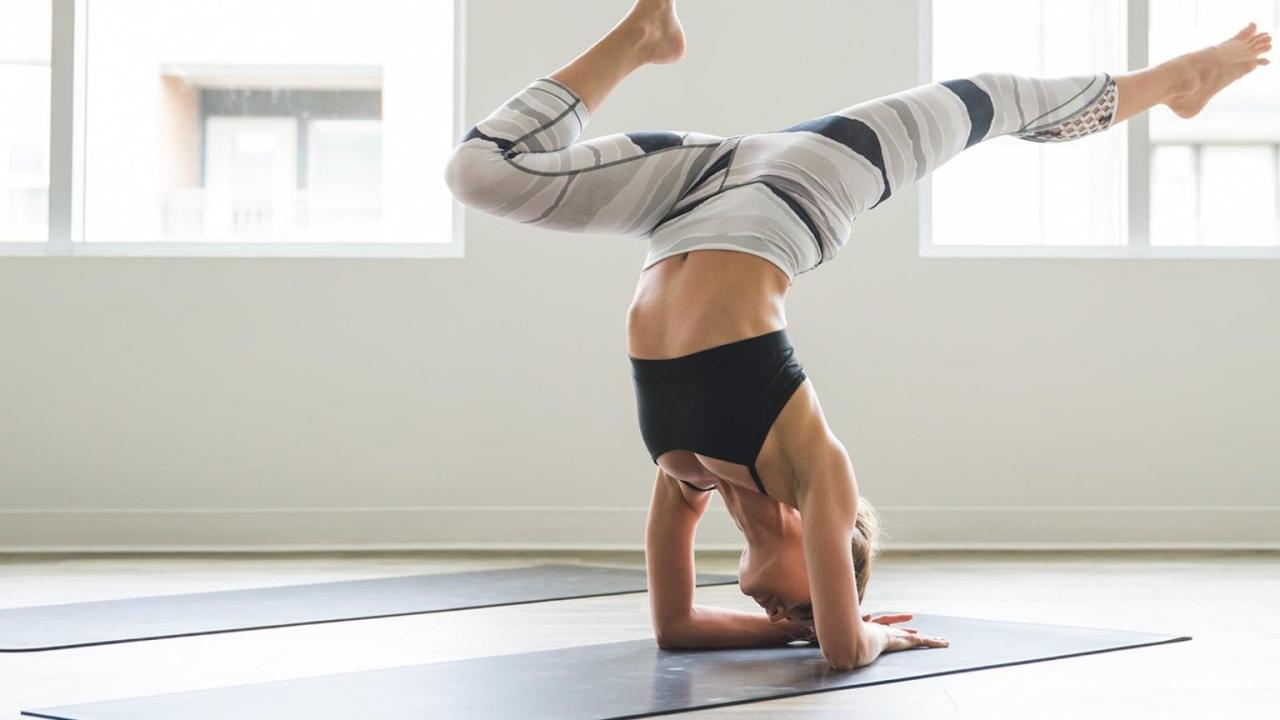
Yoga Gear to Get You Started: Your Essential Guide
Yoga Gear to Get You Started: Your Essential Guide – Stepping onto the mat for the first time can be both exciting and a little daunting. Knowing what gear to invest in can make all the difference in your yoga journey.
From the basics like a mat to optional accessories that enhance your practice, this guide will equip you with the knowledge to choose the right gear for your needs and budget.
Whether you’re a complete beginner or looking to upgrade your current setup, we’ll delve into the essentials, explore different types of mats, and guide you through the world of yoga clothing and accessories. We’ll also share tips on how to maintain your gear and make it last.
Let’s dive in!
Essential Yoga Gear
Stepping onto the mat for the first time can be exciting, but it’s also important to have the right gear to make your practice comfortable and enjoyable. You don’t need a lot of fancy equipment to start, but a few key items can make a big difference.
A good yoga mat is essential, and there are tons of options out there, from basic to luxurious. Don’t forget about comfortable clothes that allow for a full range of motion, and consider adding a block or strap to your gear.
Speaking of movement, you might also want to check out some tips on 6 intermittent fasting mistakes to avoid , which can complement your yoga practice. After all, a healthy body and mind go hand-in-hand, and yoga can be a great way to unwind after a long day of mindful eating.
Yoga Mat, Yoga gear to get you started
A yoga mat is the foundation of your practice. It provides cushioning and grip, protecting your joints and helping you stay stable during poses.
| Item | Description | Benefits | Tips |
|---|---|---|---|
| Yoga Mat | A rectangular mat made of various materials, such as PVC, TPE, or natural rubber, providing cushioning and grip. | Provides cushioning for your joints, protects your body from the floor, and offers a non-slip surface for stability during poses. | Consider your budget, desired thickness, grip, and material. Look for mats with good cushioning, especially if you have sensitive knees or wrists. Choose a mat with a grippy surface, especially if you tend to sweat. |
Yoga Block
Yoga blocks are rectangular foam or cork blocks that can be used to modify poses, increase stability, and deepen stretches.
A good yoga mat is essential for starting your practice, and a comfortable pair of leggings will keep you moving freely. Don’t forget about a block for extra support and a strap for deeper stretches! Once you’ve got your gear, fuel up with delicious and healthy snacks like these delicious ways to use chickpeas under 360 calories.
After a satisfying snack, you’ll be ready to hit the mat and experience the amazing benefits of yoga.
| Item | Description | Benefits | Tips |
|---|---|---|---|
| Yoga Block | A rectangular block made of foam or cork, used for support and modification in poses. | Provides support and stability in poses, allows you to reach further, and helps you deepen stretches. | Choose a block that is comfortable to hold and firm enough to provide support. Blocks come in different sizes and materials, so choose one that fits your needs. |
Yoga Strap
A yoga strap is a long, flexible strap that can be used to help you reach further in poses, deepen stretches, and improve flexibility.
A good yoga mat is a must-have, and comfortable, breathable clothes are essential for moving freely. If you’re looking for a quick and effective way to supplement your yoga practice, check out your 9 minute total body bodyweight workout – it’s a great way to build strength and endurance.
Once you’re warmed up, you’ll be ready to dive back into your yoga routine, feeling energized and refreshed!
| Item | Description | Benefits | Tips |
|---|---|---|---|
| Yoga Strap | A long, flexible strap made of cotton or nylon, used to increase reach and flexibility in poses. | Helps you reach further in poses, deepen stretches, and improve flexibility. | Choose a strap that is long enough to comfortably reach your limbs and made of a material that is soft and durable. |
Yoga Mat Selection: Yoga Gear To Get You Started
Choosing the right yoga mat is essential for a comfortable and supportive practice. A good mat provides cushioning, grip, and stability, allowing you to move freely and safely. Let’s explore the different types of yoga mats available and the factors to consider when making your choice.
Types of Yoga Mats
The type of material used in a yoga mat significantly impacts its performance and durability. Here’s a breakdown of the most common materials:
| Mat Type | Pros | Cons |
|---|---|---|
| PVC (Polyvinyl Chloride) |
|
|
| TPE (Thermoplastic Elastomer) |
|
|
| Natural Rubber |
|
|
Factors to Consider
Beyond the material, several factors contribute to a comfortable and effective yoga practice:
Thickness
The thickness of a yoga mat influences its cushioning and support. Thicker mats offer more padding, ideal for those with sensitive knees or who practice on hard surfaces. Thinner mats provide a closer connection to the floor, suitable for more dynamic practices.
Grip
Grip is crucial for maintaining stability during poses. Look for a mat with a textured surface or a sticky material that provides good traction, especially when you’re sweating.
Material
The material choice is a personal preference. PVC is durable and affordable, while TPE is more eco-friendly. Natural rubber offers excellent grip and is biodegradable.
Maintaining Your Yoga Mat
Proper care extends the lifespan of your yoga mat:
- Clean Regularly:Wipe your mat down with a damp cloth and mild soap after each use. Avoid harsh chemicals or detergents.
- Air Dry:Allow your mat to air dry completely after cleaning. Do not store it wet, as this can promote mold growth.
- Roll It Up:Store your mat rolled up to prevent creases and maintain its shape.
- Avoid Direct Sunlight:Prolonged exposure to direct sunlight can fade the color and damage the material.
Final Summary

So there you have it, a comprehensive guide to yoga gear for beginners! With the right gear, you’ll be well on your way to enjoying a comfortable, safe, and fulfilling yoga practice. Remember, the most important thing is to choose gear that feels good for you and supports your practice.
Don’t be afraid to experiment and find what works best for your body and your style. Happy yoging!

